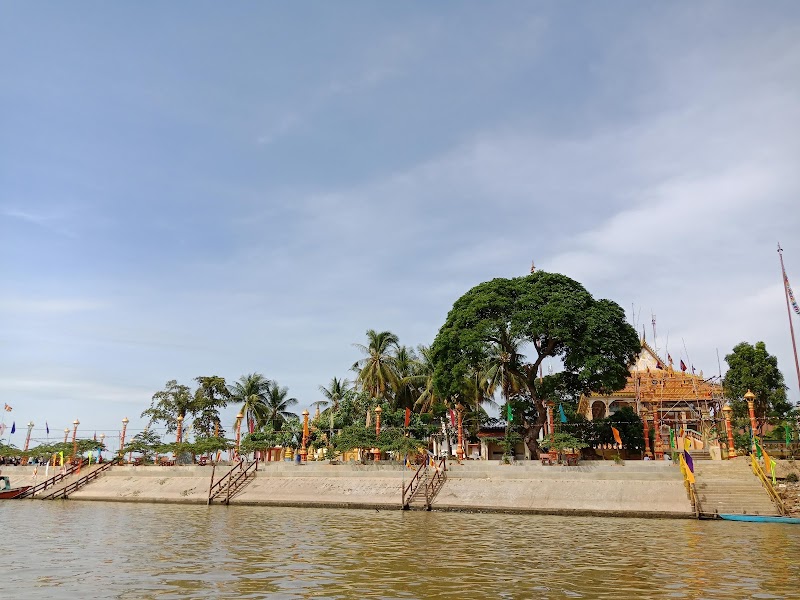
Tonle Sap Biosphere Reserve Adventures
Tonle Sap Biosphere Reserve is a vital ecological area in Cambodia, known for its remarkable biodiversity and the largest freshwater lake in Southeast Asia.
About Tonle Sap Biosphere Reserve

The Tonle Sap Biosphere Reserve is a significant ecological area in Cambodia, featuring the largest freshwater lake in Southeast Asia. It is a dynamic system with seasonal fluctuations in water level that dramatically alter the landscape, making it a hub of biodiversity. The reserve encompasses a variety of habitats, including the lake itself, flooded forests, and wetlands, supporting a vast array of plant and animal species. It is home to numerous fish species, birds, and other wildlife, many of which are unique to the region. The human communities living around Tonle Sap have also adapted to this unique environment, relying on fishing and agriculture. Cultural and historical sites near the reserve offer a glimpse into Cambodia’s rich heritage. Visitors can enjoy boating through the villages, bird watching, and exploring the diverse natural landscapes. The reserve’s significance was recognized in 1997 when it was designated a UNESCO Biosphere Reserve, aiming to balance biodiversity conservation with sustainable resource use.
Highlights
Bird watching from Prek Toal Bird Sanctuary
Exploring the floating villages
Experiencing the dynamic changes in lake size during wet and dry seasons
Visiting Kampong Phluk, a stilted village
Notable Natural Features
Prek Toal Bird Sanctuary
A critical area for waterbird conservation, home to rare bird species.
Floating Villages
Remarkable communities that adapt to the lake's seasonal changes.
Stilted Villages
Unique structures elevated above the floodplain, visible during dry season.
